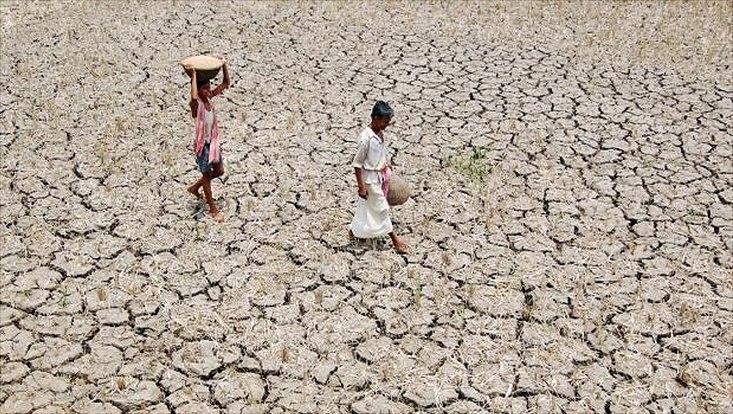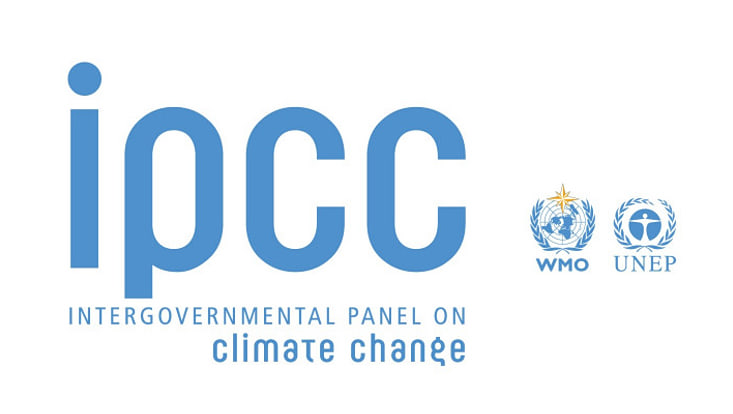New publication on the link between drivers and impacts of heat-related disasters
12 November 2024

Photo: https://www.livemint.com/Politics/t93O93G9CYwI3xmMigWiFJ/Drought-to-dominate-Maharashtras-budget-session.html
Disasters caused by climate change often result in severe economic and human damage. Our understanding of how the impacts and drivers of climate-induced disasters are related is so far relatively limited. However, examining this relationship at a regional scale and by sector is important. Vidur Mithal, a PhD student of the Climate Extremes Group at the Research Unit Sustainability and Climate Risks and the International Max Planck Research School on Earth System Modeling (IMPRS-ESM), is the lead author of the recently published study "Linking regional economic impacts of temperature-related disasters to underlying climatic hazards". In the study, the authors find that the agriculture sector shows the strongest response to climatic hazard intensity for heat events: a one standard deviation increase in the daily maximum temperature (TXx) associated with an event results in a 6.29% stronger regional growth rate impact. Similarly, between 3-4% for the manufacturing sector, service sector, and the whole economy. The authors also show that compounding effects may worsen the impacts of these disasters: for heat waves, in the agriculture sector, the effect of a stronger TXx anomaly is around 60% larger during very dry events compared to moderately wet events, highlighting the role of hot and dry compounding for this sector. In the manufacturing sector, service sector and whole economy, on the other hand, hot and wet conditions are found to be more relevant and associated with stronger impacts. Further research is needed to study the complex driver-impact relationship in more depth, for example accounting for other types of compounding drivers such as spatial compounding or pre-conditioning which have not been considered here. The study "Linking regional economic impacts of temperature-related disasters to underlying climatic hazards" has been published in the Focus Issue on Natural Hazards, Disasters, and Extreme Events of the journal Environmental Research Letters.


